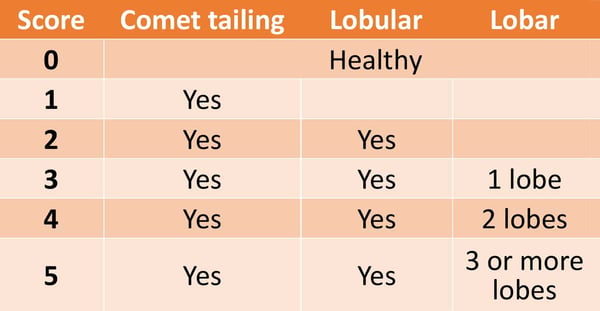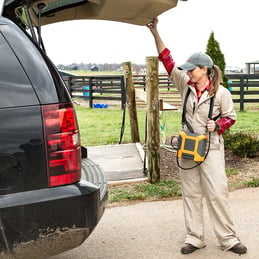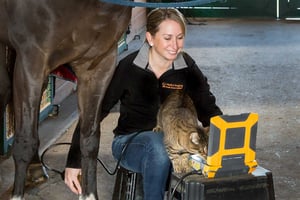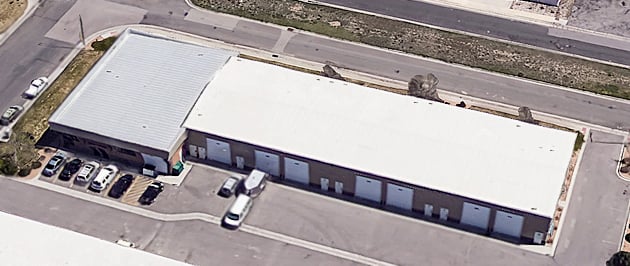Day Four
Image #8, also scanned with an EVO and L7HD probe.What do you see?
Day 4 Image 8
Check back tomorrow morning for the last scan...answers right here tomorrow am!
Earlier Today...
Here's image #7, scanned with an EVO and L7HD probe. Male or female?
Day 4 Image 7
Check back later today for another scan...answers right here tomorrow am.
Day Three
Here's image #6, scanned with an EVO and L7HD probe. Can you tell?
Day 3 Image 6
Check back tomorrow am for some more fun!
Earlier Today...
Have a look at this...#5, scanned with EVO and L7HD probe.
Day 3 Image 5
Day Two
And #4 is...scanned with EVO and L7HD probe.
Day 2 Image 4
Here's #3—have a look! Scanned with EVO and L7HD probe.
Day 2 Image 3
Don't forget to check back later today for the next one and each day after for new scans. Answers to be revealed Friday afternoon, April 24th!
We will also be posting the images on Instagram @eimedical—follow us there.












 For the last nine years, I’ve been proud to work for E.I. Medical Imaging. I’m proud of the tiny but innovative staff that we employ. I’m proud of our dedication to our customers and our investment in developing new and cutting-edge technologies from our small facility in Colorado. I’m proud that we’ve kept the vast majority of our design and manufacturing in the U.S. when it would have been so much easier to outsource everything. I’m proud of the name that we’ve made for ourselves by responding to our customers’ needs over our 30-some years in the veterinary ultrasound industry.
For the last nine years, I’ve been proud to work for E.I. Medical Imaging. I’m proud of the tiny but innovative staff that we employ. I’m proud of our dedication to our customers and our investment in developing new and cutting-edge technologies from our small facility in Colorado. I’m proud that we’ve kept the vast majority of our design and manufacturing in the U.S. when it would have been so much easier to outsource everything. I’m proud of the name that we’ve made for ourselves by responding to our customers’ needs over our 30-some years in the veterinary ultrasound industry.![Bovine ultrasound [Kevin McSweeney, DVM]]](https://www.eimedical.com/hs-fs/hubfs/Images%202017-18/EIMI%202017-2018/blog/Bovine%20palpation%20%5BMcSweeny%5D.jpg?width=1920&name=Bovine%20palpation%20%5BMcSweeny%5D.jpg)




